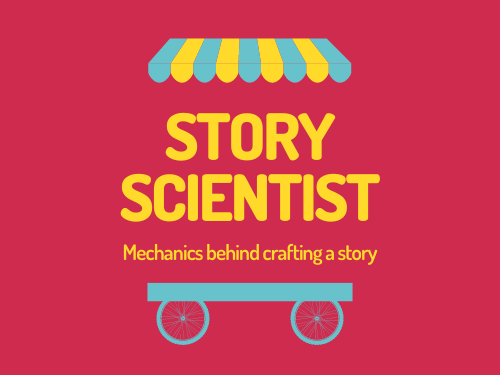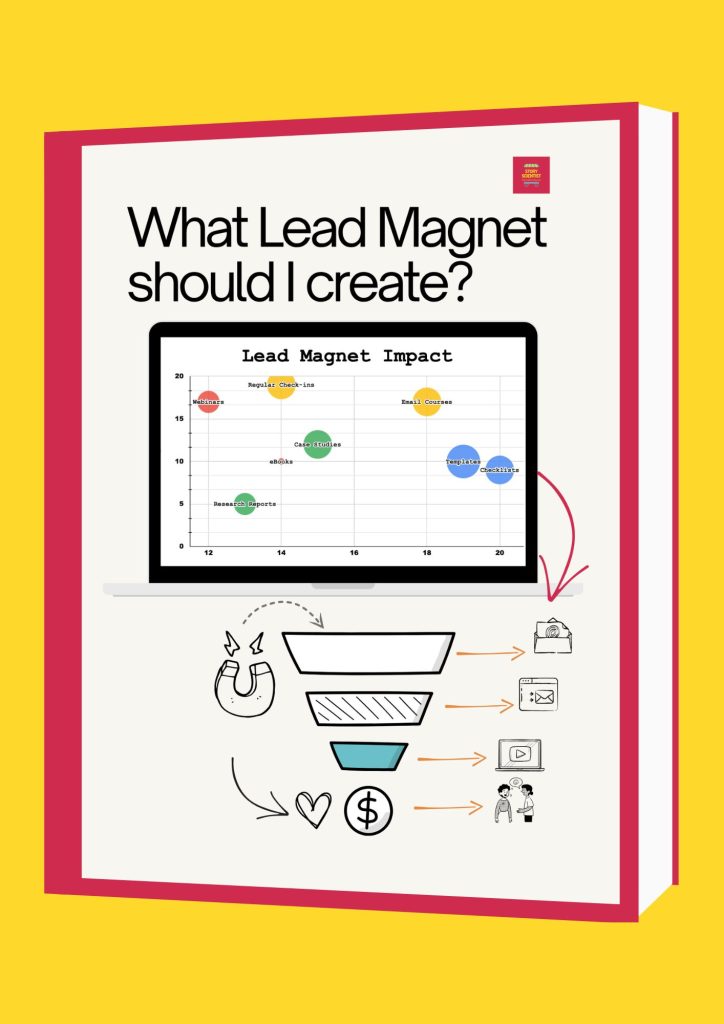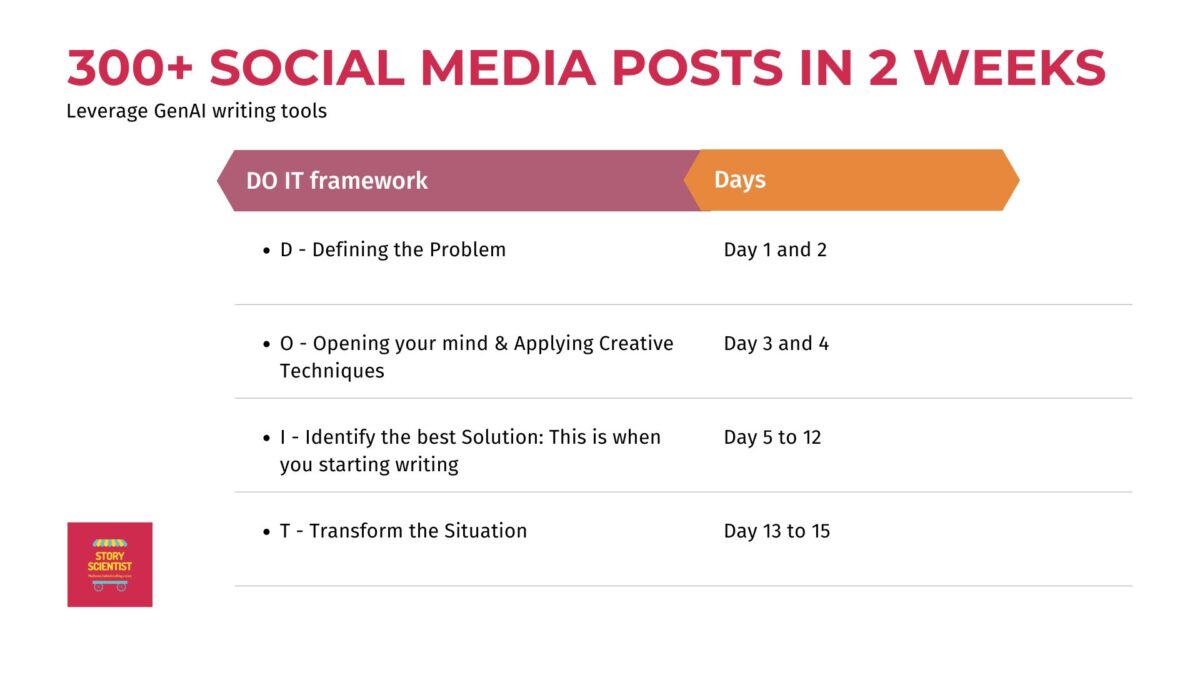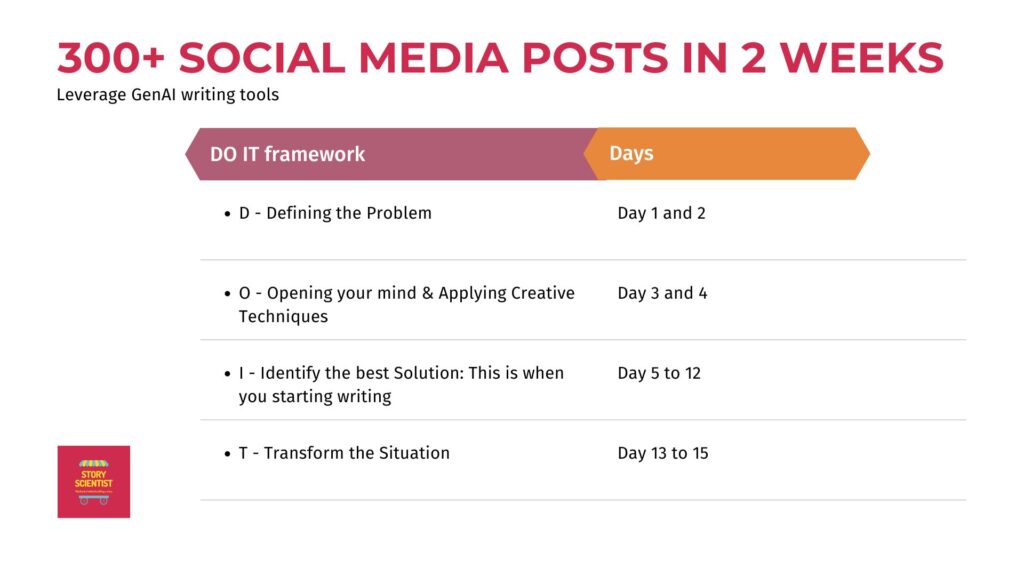Build your professional brand and establish industry authority without spending hours on content creation.
Why Quick Content Creation is Essential for Modern Professionals
88% of executives struggle to maintain consistent thought leadership presence due to time constraints. Yet professionals who publish regular insights see 7x more profile views and significantly more business opportunities.
The biggest barrier to building thought leadership isn’t creativity or expertise—it’s time management. Most professionals assume quality content requires hours of research and writing. This comprehensive guide proves otherwise.
If you’ve ever thought:
- “I only have 15 minutes between client calls”
- “Content creation takes too long for my schedule”
- “I don’t want to post low-value content just to stay visible”
This content strategy framework is designed specifically for busy professionals, consultants, and executives who need to build authority efficiently.
The Science Behind 15-Minute Content Creation
Why This Approach Works:
Research from the Content Marketing Institute shows that consistency beats perfection in professional branding. Publishing valuable insights weekly builds more authority than occasional long-form pieces. Additionally, social media algorithms favor regular posting, making frequent short-form content more effective for visibility.
Time Management Reality: The average professional has 23 minutes of unscheduled time daily. By using proven content formats, you can create authority-building posts in just 15 minutes—less time than most coffee meetings.
5 Proven Content Formats for Thought Leadership
1. Client Success Spotlights (5 minutes)
What it is: Share specific outcomes or insights from your professional community, clients, or colleagues.
Content Marketing Formula:
- One concrete result or quote
- Brief context about the challenge
- Your professional insight
LinkedIn Content Example: “A consulting client used our process framework and reduced project delivery time by 40%. The key wasn’t working faster—it was eliminating unnecessary steps that added no value.”
Why it builds authority:
- Demonstrates real-world impact
- Shows social proof
- Easy to create consistently
- Humanizes your professional brand
2. Micro Case Studies for Professional Insights (8 minutes)
Content Structure:
- Situation: What was the business challenge?
- Solution: What approach worked?
- Result: What changed?
- Insight: What’s the broader lesson?
B2B Content Example: “Situation: Marketing team struggled with content planning across multiple channels. Solution: Implemented a single content calendar with cross-platform templates. Result: 60% faster content production and better brand consistency. Insight: Simplification often outperforms sophisticated systems.”
SEO Benefits: These micro case studies naturally include industry keywords and provide substantial value that encourages sharing and linking.
3. Professional Best Practices (3 minutes)
Content Creation Process: Pick one specific area of your expertise and share an actionable practice that others can implement immediately.
Content Strategy Prompt: “What’s the one thing you always recommend in your field, and why does it consistently work?”
Example for Content Marketers: “Best practice for content repurposing: Always create the shortest version first. It’s easier to expand a tweet into an article than to compress a blog post into social media content.”
Personal Branding Tip: Position these as your professional “signature insights”—the advice you’re known for giving.
4. Quick Professional Insights (2 minutes)
Transform everyday professional observations into valuable content. These are the insights you’d typically share in team meetings or professional conversations.
Content Marketing Examples:
- “I used to spend 45 minutes writing LinkedIn posts. Now I start with the call-to-action and write backward. Saves 20 minutes every time.”
- “The best client presentations have one slide per main point. More slides don’t mean more value.”
- “Most professionals overthink email subject lines. Clear beats clever every time.”
Professional Branding Benefit: These show your thought process and establish you as someone who thinks strategically about common challenges.
5. Actionable Resource Lists (20-30 minutes, weekly)
Content Types:
- Industry-specific checklists
- Template collections
- Tool recommendations
- Process frameworks
High-Performing Examples:
- “10 Email Templates for Professional Follow-ups”
- “Content Calendar Template for B2B Companies”
- “LinkedIn Messaging Scripts for Business Development”
SEO Advantage: Resource content attracts backlinks and ranks well for industry-specific searches. These pieces provide long-term traffic value.
Content Distribution Strategy for Maximum Authority Building
Platform-Specific Optimization
LinkedIn Content Strategy:
- Post professional insights during business hours (9 AM – 5 PM)
- Use industry hashtags strategically (3-5 per post)
- Engage with comments within first hour for algorithm boost
Newsletter Content Repurposing:
- Expand successful social posts into email content
- Use social media as testing ground for newsletter topics
- Create weekly digest format combining multiple insights
Professional Blog SEO:
- Target long-tail keywords related to your industry
- Internal link between related content pieces
- Optimize for voice search with question-based headers
Visual Content Ideas for Professional Branding
1. Time Efficiency Graphics
Before/After Comparison:
- Left panel: “Traditional approach: 2-3 hours”
- Right panel: “Strategic approach: 15 minutes”
- Include your brand colors and professional typography
2. Content Format Cards
Five swipeable cards featuring:
- Format name and creation time
- Key benefit for professional branding
- Example use case
- Implementation tip
3. Professional Process Visuals
Coffee Timer Concept:
- Visual metaphor: “Create content faster than brewing coffee”
- Each section represents one content format
- Include time stamps and brief descriptions
Measuring Content Marketing Success
Key Performance Indicators:
Engagement Metrics:
- Comments and meaningful conversations
- Content shares and reposts
- Profile views and connection requests
Authority Building Indicators:
- Speaking opportunity invitations
- Media interview requests
- Industry recognition and mentions
Business Impact Measures:
- Qualified lead generation
- Client referrals from content
- Professional opportunities created
Frequently Asked Questions About Quick Content Creation
Q: How often should I publish thought leadership content?
A: Consistency matters more than frequency. Aim for 2-3 posts weekly using these formats rather than daily low-value content.
Q: What’s the best time to share professional insights on LinkedIn?
A: Tuesday through Thursday, 8-10 AM and 12-2 PM typically see highest professional engagement, but test your specific audience.
Q: How do I avoid sounding repetitive with quick content formats?
A: Rotate between the five formats and draw from different areas of your expertise. Keep a running list of professional observations to reference.
Q: Should I focus on one platform or distribute content everywhere?
A: Start with one primary platform where your target audience is most active, then repurpose content for other channels.
Content Planning and Professional Brand Building
Weekly Content Strategy:
- Monday: Client spotlight or success story
- Wednesday: Professional best practice or insight
- Friday: Industry observation or quick tip
Monthly Content Calendar:
- Week 1-3: Quick formats (5-15 minutes each)
- Week 4: Longer resource or case study (30 minutes)
Quarterly Content Audit:
- Review which formats generated most engagement
- Identify topics that resonated with your professional network
- Adjust strategy based on business goals and audience feedback
Advanced Tips for Content Creation Efficiency
Batch Content Creation:
- Dedicate 1 hour weekly to create multiple pieces
- Use content templates for consistency
- Maintain an “insights bank” of observations
Repurposing Strategy:
- Transform client conversations into content ideas
- Turn presentation slides into social posts
- Convert email responses into professional insights
Implementation: Your 15-Minute Content System
Week 1: Choose one format and create three pieces
Week 2: Add a second format to your rotation
Week 3: Experiment with visual elements
Week 4: Create your first resource-style content
Success Metrics: Track engagement quality over quantity. One meaningful professional conversation is worth more than 100 likes.
The goal isn’t only consistent posting—it’s building genuine professional relationships and industry recognition through valuable, efficient content creation.
Let’s Discuss
Your Go-to-Market
4 ways to get noticed: Lead magnets for Authority & Credibility




